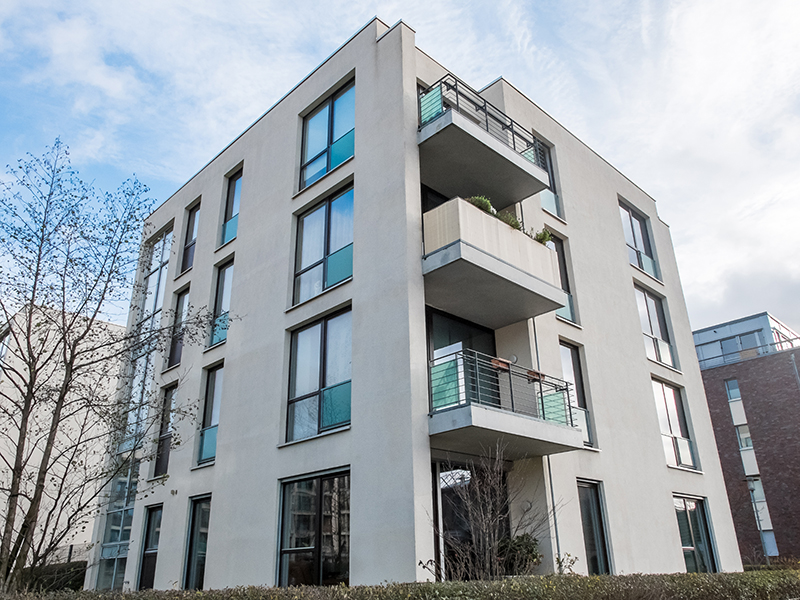Read this Arbor Realty Trust – Chandan Economics study to learn how presidential elections have historically affected the market and economy.











Read this Arbor Realty Trust – Chandan Economics study to learn how presidential elections have historically affected the market and economy.
Analysis of Apple Maps data examines mobility (walking, driving, taking transit) as a measure of cities recovering from COVID-19.
This short video explains how changing demographics and COVID-19 have strengthened demand for single-family rentals.
This brief Arbor Realty Trust – Chandan Economics video explains why even with the challenges of COVID-19, the small multifamily sector is poised for future growth.
Arbor’s summer intern, Reagan Coats, won an award for her blog describing her experience in Fannie Mae’s Future Housing Leaders program. Read more about her experience here.
This Arbor Realty Trust – Chandan Economics article gives insights into why small multifamily cap rates are holding steady.
This article explains why despite coronovirus-related headwinds, multifamily continues to weather the storm, remaining a stable asset class.
The multifamily market felt the effects of the COVID-19 pandemic in the second quarter. Rent growth slowed and sales volume declined, although the sector has shown resiliency as compared with other sectors.